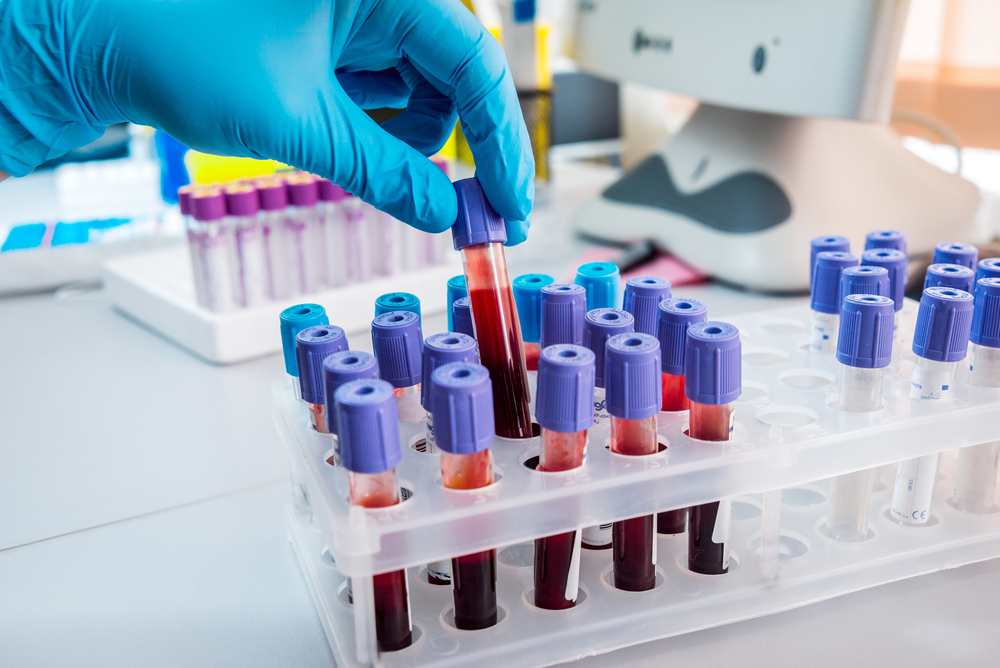Antibodies Circulating in Blood May Serve as Biomarker for ALS, Disease Severity

The presence of a certain type of proteins of the immune system in the blood may serve as a reliable biomarker for the diagnosis of amyotrophic lateral sclerosis (ALS), as well as the severity of the disease, according to a new study conducted by Japanese and American researchers.
The study, “Anti-Sulfoglucuronosyl Paragloboside Antibody: A Potential Serologic Marker of Amyotrophic Lateral Sclerosis,” was published in the journal ASN Neuro.
ALS is characterized by the loss of motor neurons located in the spinal cord that control muscle activity, but exactly what factors trigger the development of this disease remain elusive. One possible explanation may be that the person’s own immune system reacts against these neurons by sending antibodies to destroy them, leading to the development of ALS.
One group of antibodies that has been associated with neurological disorders is called the sulfoglucuronosyl paragloboside (SGPG) antibodies, which target the SGPG protein at the surface of the motor neurons. This may be how a dysregulated immune system attacks these neurons.
“Anti-SGPG antibody has been reported by us as well as other groups to be present in the serum samples of some ALS patients,” the authors wrote. “However, its involvement in the neuropathogenesis of ALS has not been studied in a large number of patients with well-documented clinical and demographic records, which precludes its clinical significance.”
To address this question, researchers analyzed the presence of anti-SGPG antibodies in blood samples from 113 ALS patients and 50 healthy individuals, and correlated the levels of these proteins with age, gender, race, clinic symptoms, forced vital capacity (FVC) and the ALS Functional Rating Scale (ALSFRS), which provides an estimate of the patient’s degree of functional impairment. The team also injected rats with SGPG antibodies to investigate where they would locate after entering the body.
The results indicated that the presence of anti-SGPG antibodies was found in the blood of 13 percent of ALS patients (15 out of 113). The presence of anti-SGPG antibodies was also higher in older patients and in patients with increased disease severity. The team also observed that these antibodies target neurons of the rat spinal cord, as they were found in this region.
“The presence of anti-SGPG antibodies in ALS patient serum suggests that motor neurons may bear specific target [proteins], such as SGPG and sulfoglucuronosyl lactosaminyl paragloboside, responsible for the immune attack,” the authors wrote. “Therefore, it is necessary to detect the presence of SGPG on motor neurons.”
According to the study, it is possible to detect these antibodies in a blood sample from ALS patients.
“We can safely conclude that anti-SGPG antibody can be used as a serum biomarker of ALS,” and that the antibody may be useful for diagnosing ALS before symptoms occur, and also for monitoring of new therapeutic strategies, the authors wrote.






